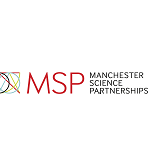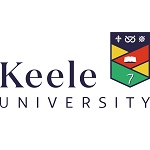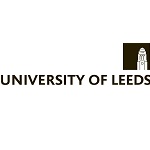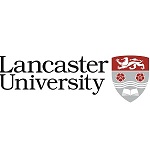The power of organoids – advances in disease modelling research
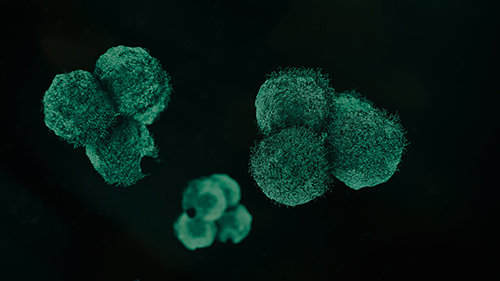
The FDA recently announced its plans to replace animal testing in the development of monoclonal antibodies with other methods, including human organoid models.
We’re following up with a two-part series on recent updates to the field of organoid technologies:
- Part one: Findings announced at the University of Cambridge’s first Human Organoid Symposium on 28 March, 2025
- Part two: Exploring how companies are protecting different aspects relating to organoid technology in patent filings
For insights into patent filing trends in the field of organoids, read our previous article.
An organoid is a 3D, stem cell derived, miniaturised and simplified model of an organ produced in vitro that mimics the key functional, structural, and biological complexity of that organ. They have diverse applications, from mechanistic studies of tissue development to disease modelling and regenerative medicine.
In recent years, organoid models have revolutionised biomedical research and a recent announcement by the FDA to replace animal testing in the development of monoclonal antibodies with other methods, including human organoid models, has once more highlighted the importance of these lab models.
In March 2025, the Zilbauer Group and the Cambridge Stem Cell Institute Technology and Innovation Forum (SCI-TIF) hosted the 1st Cambridge Human Organoid Symposium at Jesus College, Cambridge, bringing together scientists, clinicians, and industry leaders to discuss the latest advancements in organoid technology.
Having attended the symposium, trainee patent attorney Oliver Herd, shares some of the exciting new research presented at the conference.
Organoids as research tools and for drug screening
The Zilbauer Group, based at the University of Cambridge, generate and use intestinal epithelial organoids (IEOs) as translational research tools to investigate epigenetics in inflammatory bowel disease (IBD).
The ongoing generation of IEOs are crucial for the research of the Zilbauer Group as they provide a human intestinal epithelial sample which mimics the functional, structural, and biological complexity of the small intestine and colon. Critically, they allow research in the absence of exposure to the local inflammatory environment, thereby eliminating potentially confounding factors influencing gene expression and cellular function.
In one study of Crohn’s disease (CD; a type of IBD), the group found that, after successful resolution of inflammation in response to treatment, the majority of patients relapse at the same anatomical location. This suggests that the underlying cause was not treated and, mechanistically, that the presence of stable molecular changes leads to altered function in tissue specific cells.
The group generated a biobank of over 300 human IEOs to study DNA methylation (DNAm) signatures of patient derived intestinal epithelial cells. Through their research, they discovered that MHC-I expression is dysregulated in Crohn’s disease, causing activation of pro-inflammatory autoreactive CD8 T cells in vitro.
As each organoid faithfully retains patient-specific, CD-associated DNAm changes in culture, the group was able to dissect the molecular mechanisms behind CD-associated cellular changes at the population level, which is critical when studying human disease due to inter-patient differences in genetic and epigenetic expression.
Importantly, the group showed that IEO DNAm profiles correlate with clinical phenotype, allowing for the prediction of a severe disease outcome in patients with CD. A large biobank of patient derived IEOs could be used to screen responses to drug candidates. In a follow-on study, the group plans to increase the number of IEOs studied by a factor of 10 to approximately 3000 IEOs.
Whilst patient derived organoids can used to model drug responses, biobanks of healthy tissue derived organoids on the other hand allow for drug toxicity testing.
Organoids in cell therapy and transplants
Organoids can also be used for the regenerative potential in cell-based therapies. For example, the Sampaziotis Group based at the University of Cambridge discovered that cholangiocytes (epithelial cells of the bile duct) are plastic, indicating that cholangiocytes from one region could repair a different region of the biliary tree, suggesting a role for cell-based therapy using organoids.
They discovered that the production of local factors by surrounding cells (termed niche factors) influence cell fate of cholangiocyte organoids, leading to transcriptional and functional variation of cholangiocytes in different regions of the human biliary tree. Loss of niche signals when grown in vitro disturbs cholangiocyte diversity which is restored when transplanted in vivo in mice. Plasticity was also observed ex vivo; organoids from one region of the biliary tree could repair a different region following transplantation.
The group injected human cholangiocyte organoids into the intrahepatic bile ducts of deceased transplant donor livers which were perfused with oxygenated blood and nutrients at normal body temperature to maintain a near-physiological microenvironment. The intrahepatic ducts are a network of small tubes inside the liver that carry bile which constitute the most common site of injury in cholangiopathies.
The organoids engrafted and expressed key biliary markers which restored function. This paves the way for the use of ex vivo cell-based therapy to improve graft function prior to transplantation, which could ultimately increase the number of useable organs and reduce pressure on the transplant waiting list.
Methodology in organoid based research
We also heard how researchers are genetically manipulating organoids for use as research tools to investigate the onset, cause and treatment of human diseases.
For example, Dr Skoufou-Papoutsaki at the Institute of Cancer Research discussed her research in generating methods to genetically edit whole organoids using a CRISPR-based approach and then study the effect of the loss of tumour suppressor gene in healthy tissue.
Such experiments are important to gain insight into the process of cancer development.
Summary
It was fascinating to learn about the huge amount of progress in this rapidly evolving field. We look forward to the second Cambridge Human Organoid Symposium next year!









